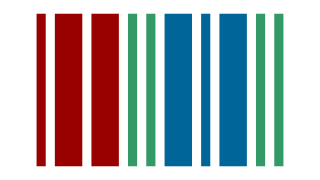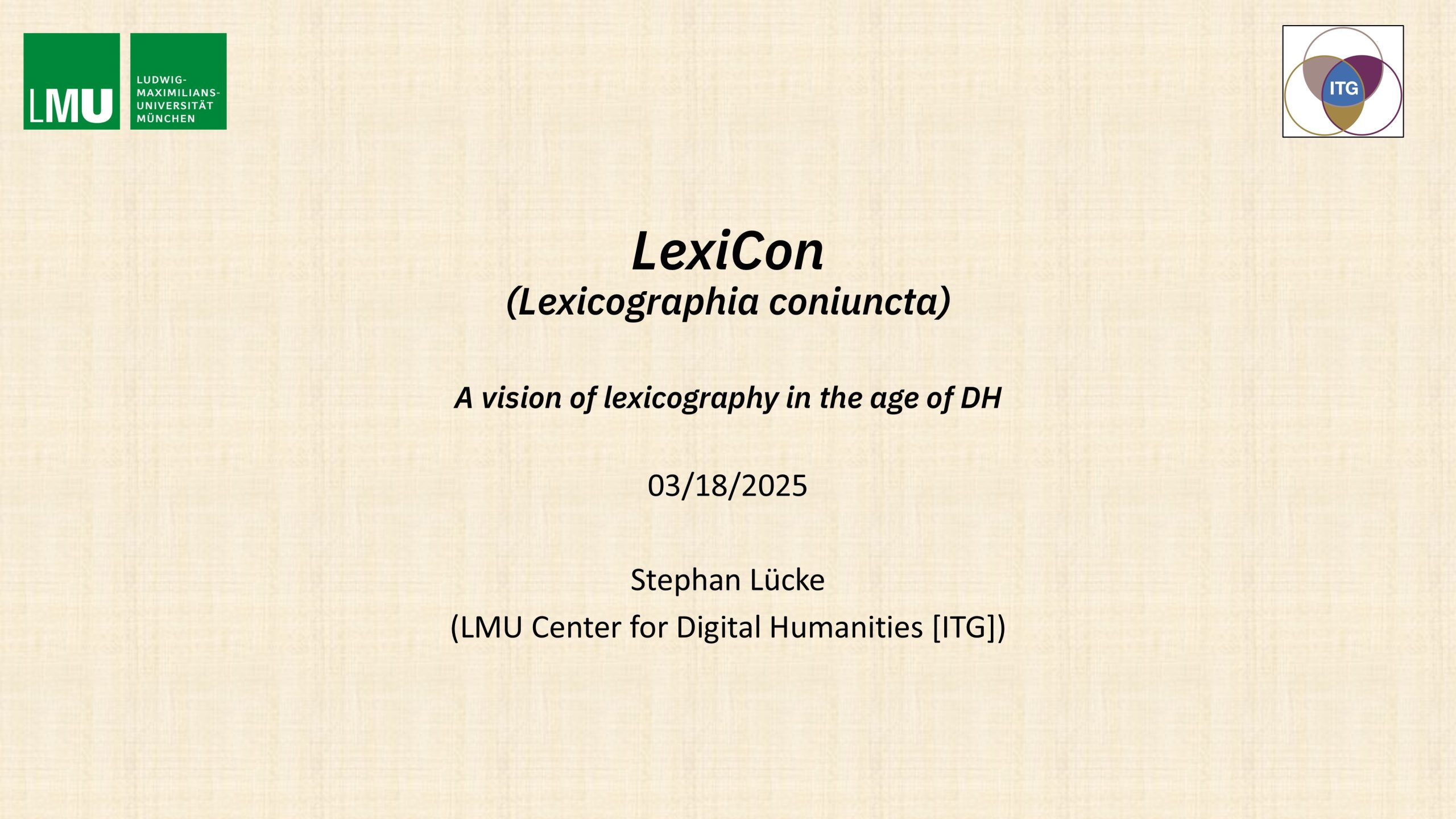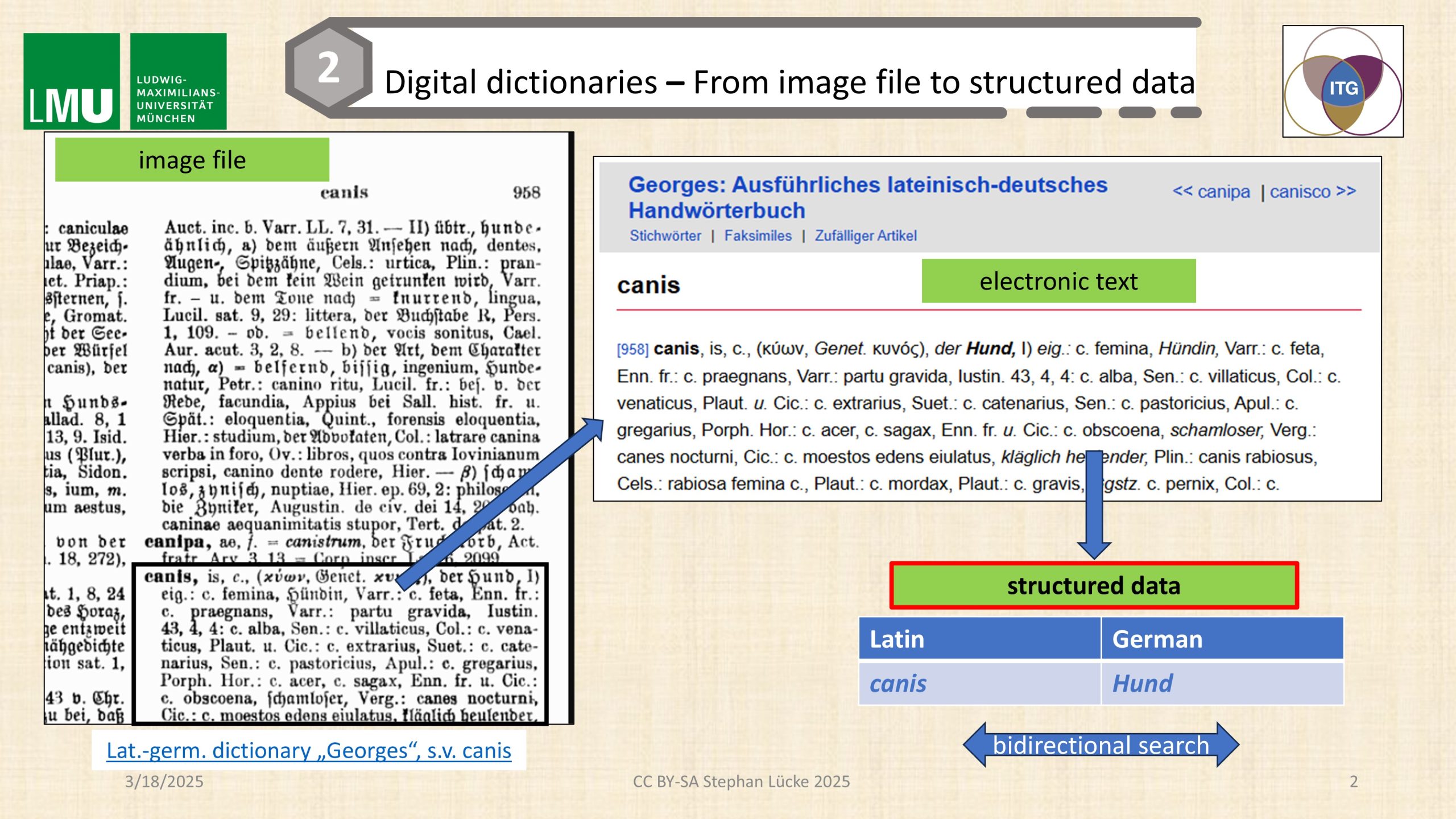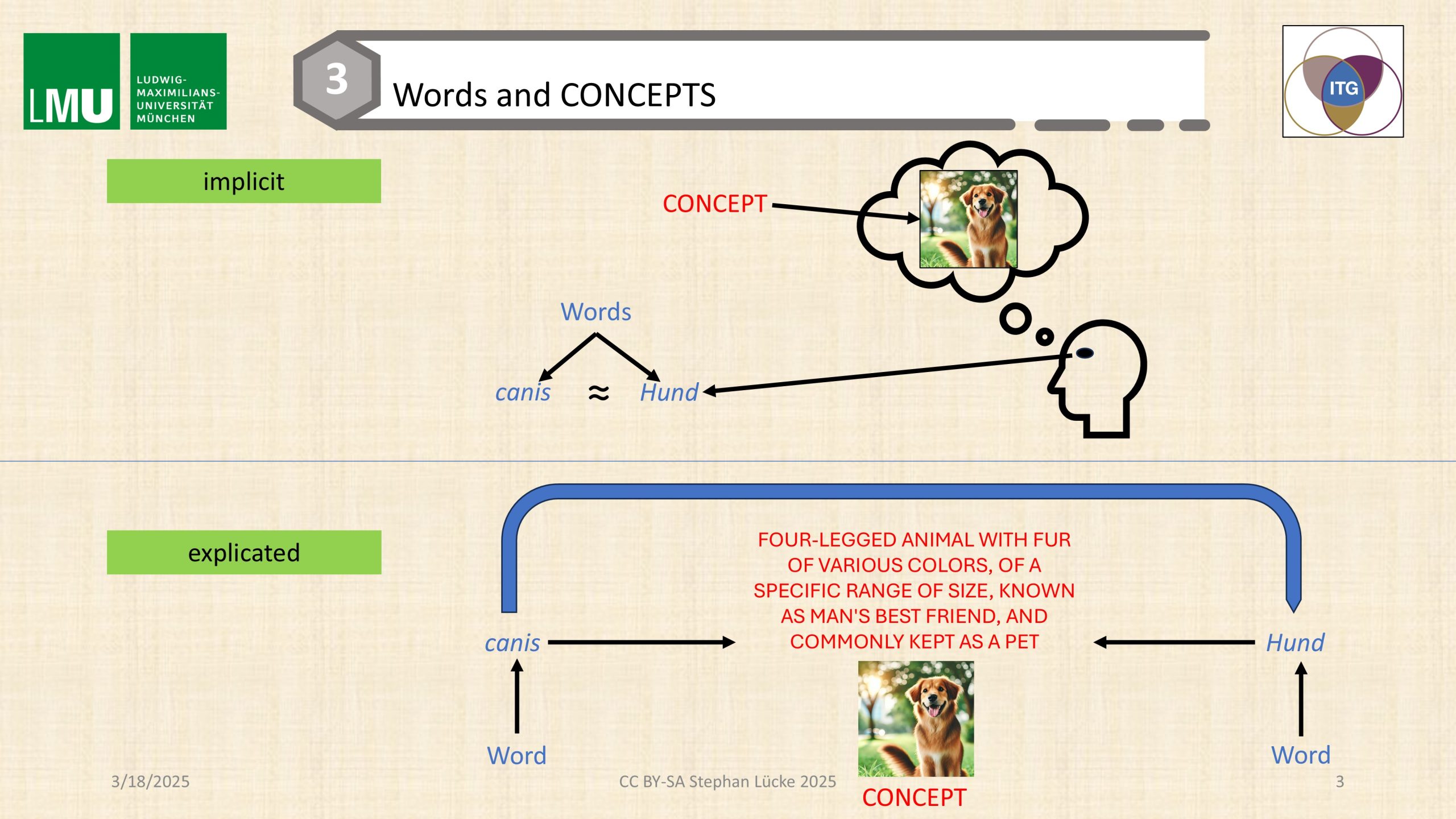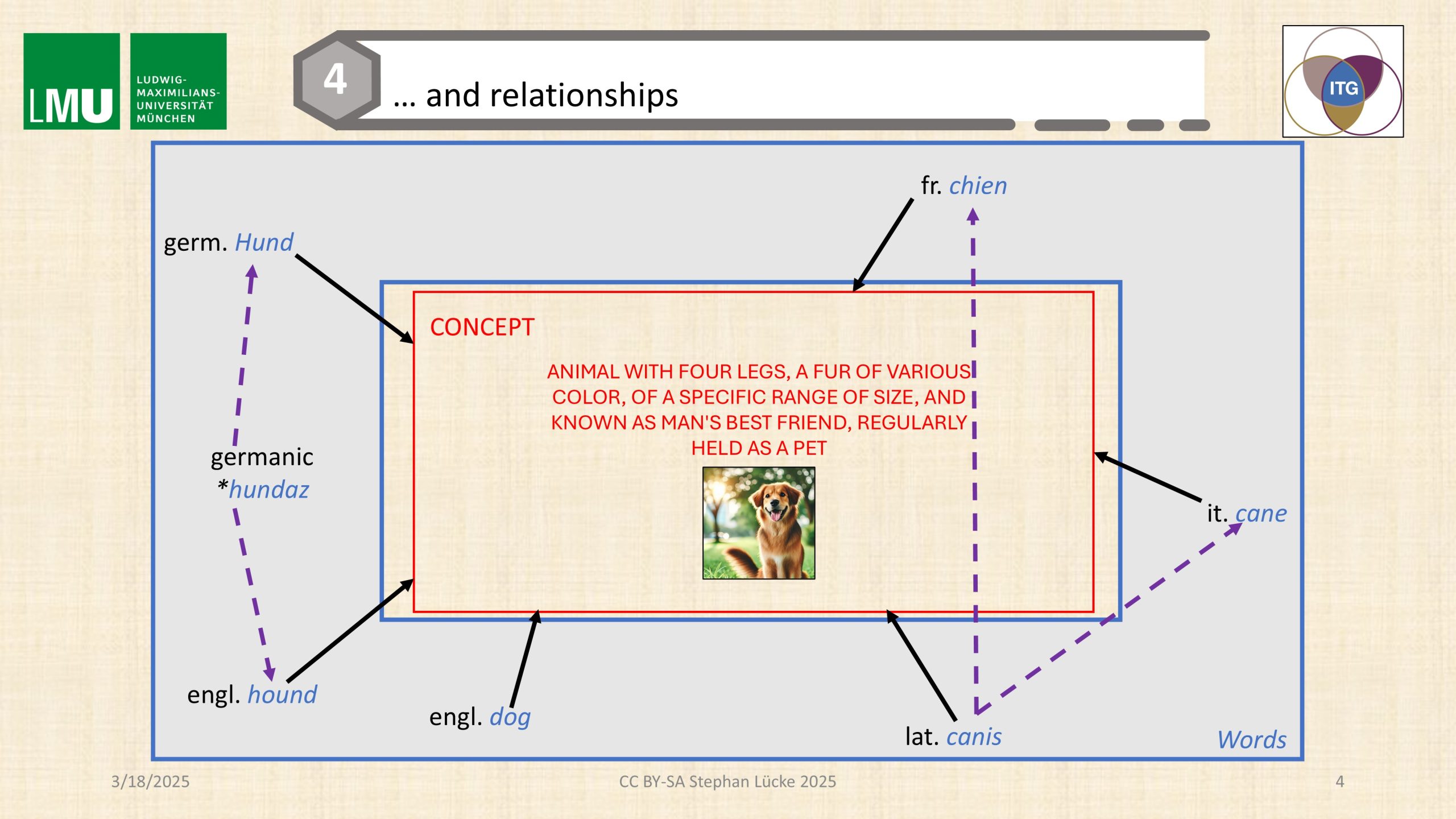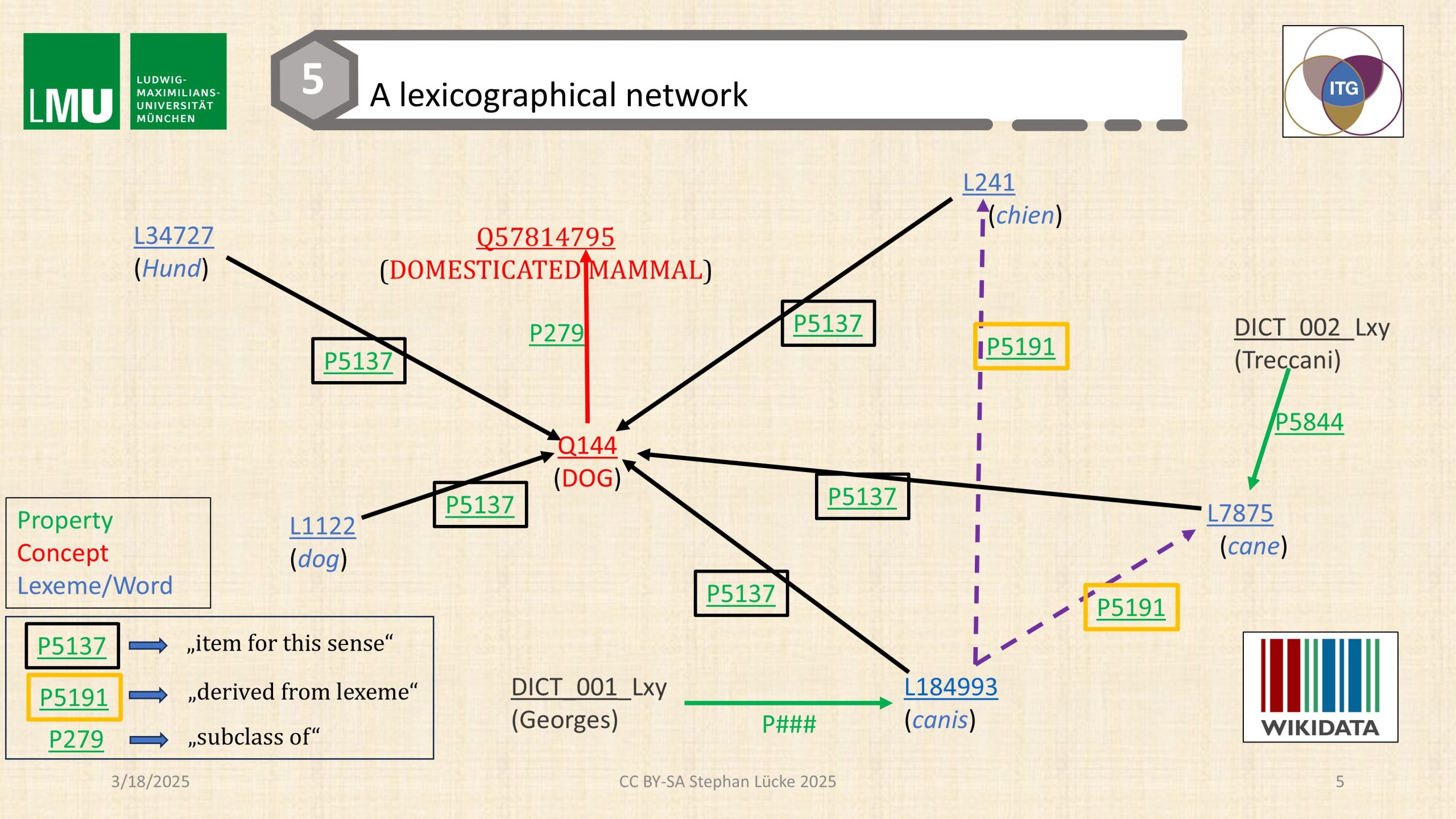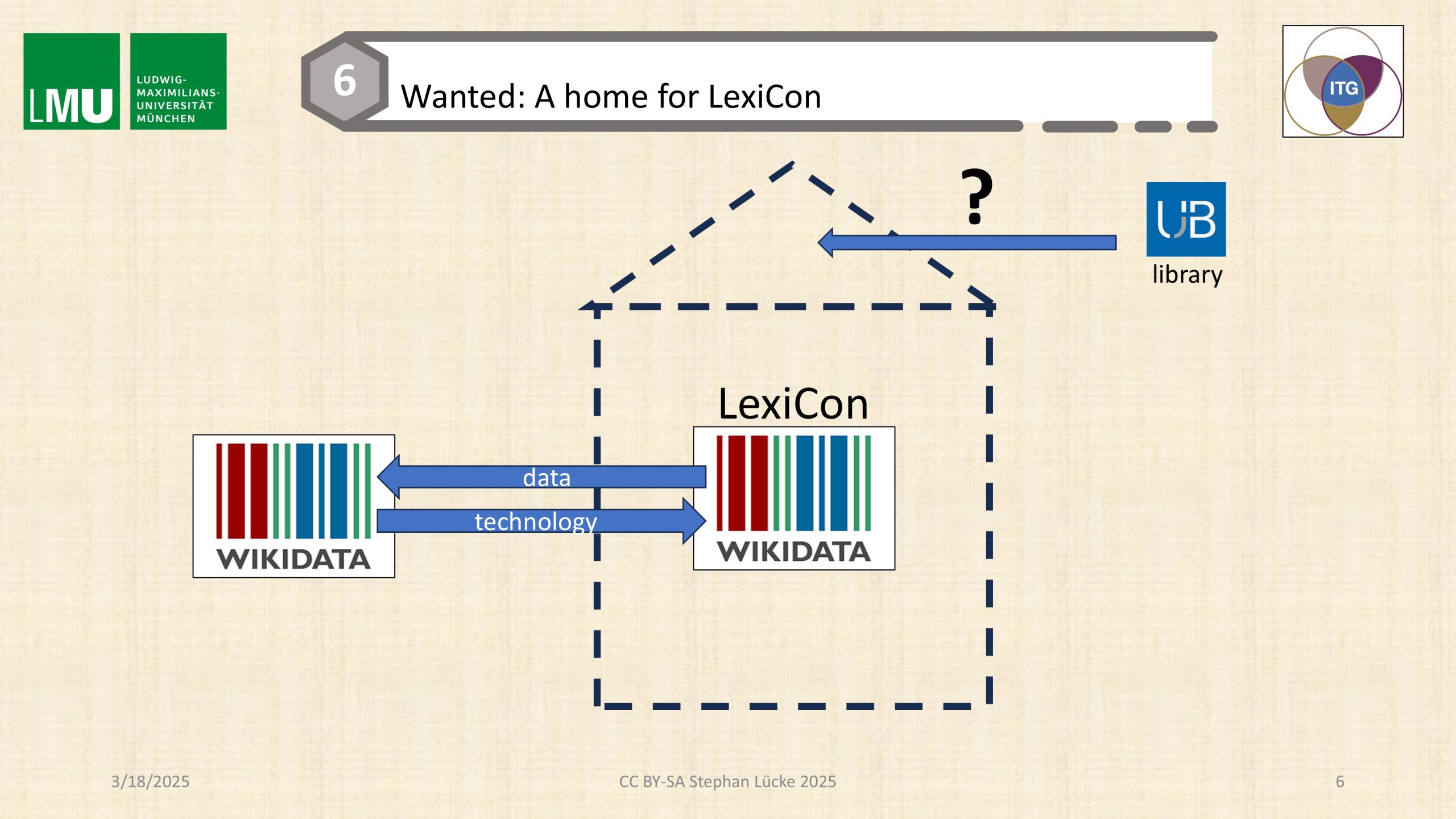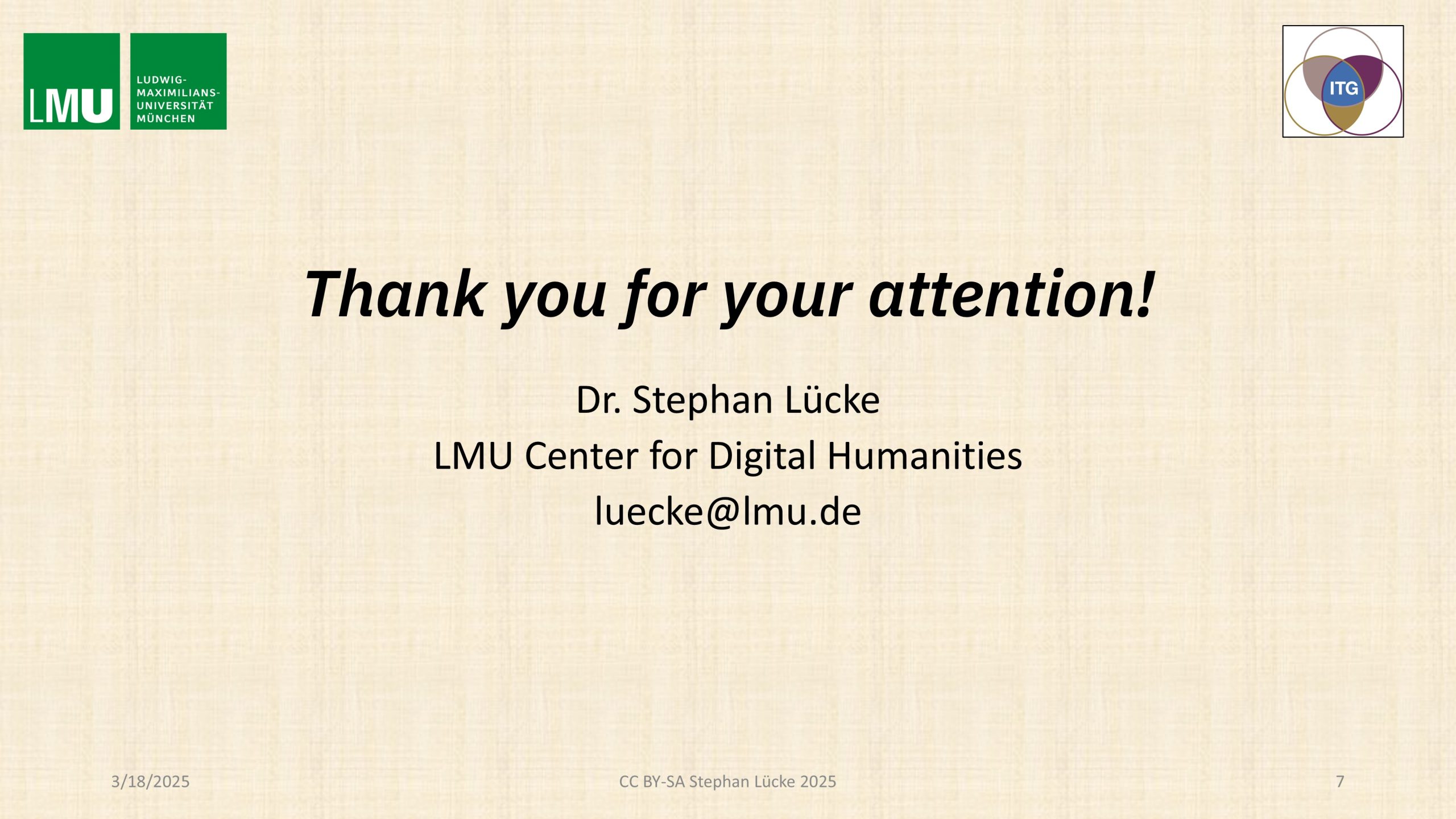1. Initial remarks
The following presentation was given as a lightning talk (time limit five minutes) at the 2025 UGA Humanities Festival on March 18 2025. At the event itself a PowerPoint presentation was used which can be downloaded here (also available in docx- and pdf-format). The PowerPoint slides as well as the DOCX and the PDF documents include links to external resources. Unfortunately, it is not possible to preserve these links when converting the PowerPoint slides to image file formats like the ones used here on this website. In order to access the internet links it is, therefore, necessary to use the other file formats just mentioned.
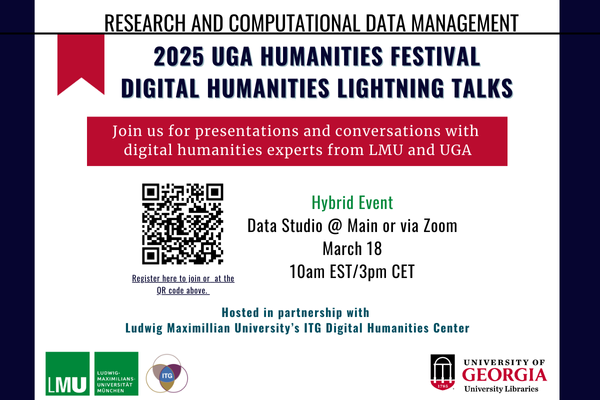
Official flyer of the 2025 UGA Humanities Festival, Digital Humanities Lightning Talks on 03/18/2025
2. Presentation
2.1. Slide 1: LexiCon – Lexicographia coniuncta
Hi everybody!
I will now talk about an idea that comes from Thomas Krefeld, Professor emeritus in Romance Linguistics at LMU. The name of the project is Lexicographia coniuncta, shortly LexiCon. In the early 2020ies we together applied for a corresponding funding at the German Research Fund. Unfortunately, the application was rejected. Nevertheless, the basic idea still seems to be attractive and its realisation desirable.
2.2. Slide 2: Digital dictionaries – From image file to structured data
LexiCon is about lexicography. The time of printed dictionaries is over. Many dictionaries are now digitised or genuinely digital.
However, digitality alone is not enough. Everything we see on this slide is digital: the image file, the electronic text and the structured data. Only the latter unfold the full potential of digitality. Lexical structured data, for instance, allows a bidirectional search.
The appropriate structure of data is orientated towards the object and the requirements. The definition of entities is crucial.
2.3. Slide 3: Words and CONCEPTS
The central entities in lexicography are words and concepts. The problem is that there is often a blurring between these two entities in dictionaries. Often, only the words of one language are assigned to the corresponding words of the other language. The concept denoted by the words may only exist in the minds of the readers, that means: it only exists implicitly. For operationalisation and interoperability, it is necessary to make the concepts explicit. This explication can take the form of a description and/or an image of the concept.
2.4. Slide 4: ... and relationships
Through explication and structuring, which also means individualisation, it is possible to establish relationships between the individual instances of the entities. These relationships represent a third entity that is central to lexicography. At the same time, they are a central idea of LexiCon. Just like concepts and words, relationships can also have specific properties. On this slide, black arrows stand for ‘word X denotes concept Y’, purple dashed arrows indicate that one word is a precursor of another.
2.5. Slide 5: A lexicographical network
Operationalisation gains clarity and robustness through the use of IDs. It makes sense to use the IDs from Wikidata. Wikidata uses so-called Q-IDs for concepts, L-IDs for words (lexemes) and P-IDs for relationships. The systematic linking creates a complex lexicographical information network that offers numerous search and analysis options. In addition to simple semasiological and onomasiological searches, it is also possible to carry out searches that would hardly be possible with conventional dictionaries. For example, a specific search could reveal that the English words for meat, such as beef or pork originate remarkably often from French.
Another important idea of LexiCon is that the digitised versions of traditional, high-quality dictionaries are integrated into the network. This means that the entries, some of which are very detailed, can be accessed quickly. The prerequisite for this is that the digitised versions technically allow fine-grained addressing of the lemmas.
Ultimately, LexiCon would not be a dictionary in the traditional sense, but a lexicographical system that would fulfil a kind of broker function between existing traditional dictionaries.
2.6. Slide 6: Wanted: A home for LexiCon
Wikidata offers all the technological means to realise LexiCon. One problem, however, is the unclear governance of Wikidata. As LexiCon would have to comply with the FAIR criteria, a reliable institution would be needed that is involved in the systematic and coordinated development of the system and guarantees the reliable operation of the system in the long term. We think that an academic library with secure long-term funding is the best option. It would operate LexiCon as a lexicographical service.
From a purely technological point of view, one could imagine using Wikidata. It would be a controlled sector of Wikidata, but its content would be closely linked to the main Wikidata.
2.7. Slide 7: Thanks
Thank you!
